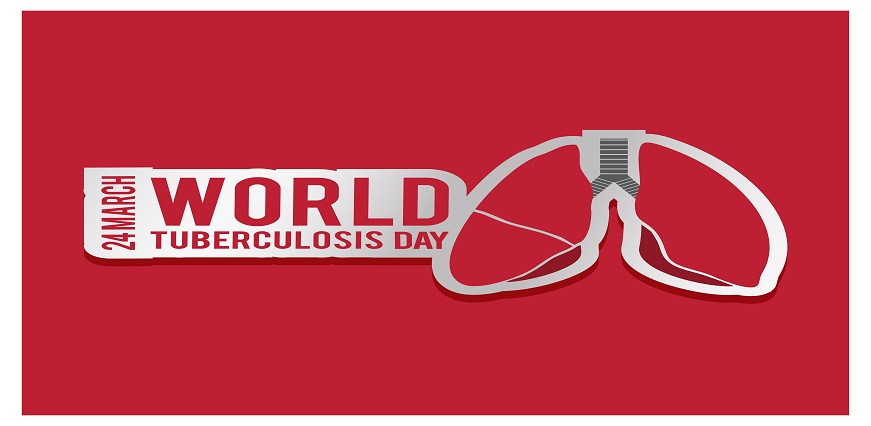


Max Lab
Jun 08, 2023
Bones are an essential part of our body, providing the necessary structure and support for movement. However, when they become weakened or damaged, it can lead to severe health problems. In this article, we will delve into the causes and symptoms of bone disorders and explore various prevention methods that can help you maintain strong bones throughout your life.
Bone disorder is a term used to describe any condition that affects the structure or function of bones. From fractures and osteoporosis to bone cancer and genetic conditions like osteogenesis imperfecta, there are many types of bone disorders that can impact people's lives in different ways.
One common type of bone disorder is osteoporosis, which occurs when bones lose density and become fragile. This condition often develops as people age, especially women after menopause due to decreased estrogen levels. Another example is Paget's disease, which causes bones to grow abnormally fast and become weak over time.
Other bone disorders may be caused by genetics or lifestyle factors such as poor nutrition or lack of exercise. Some rare diseases like fibrous dysplasia can lead to abnormal growths in the bones that cause pain and deformity.
One common cause of the bone disorder is age-related degeneration or osteoporosis.
Osteoporosis occurs when there's an imbalance between new bone formation and old bone resorption in our body. It leads to reduced mineral density that makes bones fragile and brittle, increasing the risk of fractures even with minor falls.
Another leading factor that causes bone disorders is poor nutrition. Lack of calcium, vitamin D, or other essential nutrients can weaken your bones' structure making them more prone to diseases like rickets.
Certain medical conditions such as hyperthyroidism or cancer also increase the risk of developing a bone disorder by affecting hormone levels responsible for regulating minerals in bones.
Habits like smoking tobacco products or excessive alcohol consumption may lead to deteriorated health status causing fragility fractures.
It's important to understand the underlying causes behind a specific type of bone disorder so that adequate prevention measures can be taken timely to avoid further damage to one’s musculoskeletal system
Symptoms of bone disorder can vary depending on the type and severity of the condition. In some cases, there may be no symptoms at all until a fracture or break occurs. However, in other cases, symptoms may include pain, swelling, stiffness, or deformity in the affected area.
Those with osteoporosis (a common bone disorder), they may experience frequent fractures or breaks even from minor incidents such as falling from a standing height. Additionally, individuals with Paget's disease (another form of bone disorder) may notice that their bones are weaker and more prone to breaking.
Other possible symptoms of bone disorders include back pain (which can indicate spinal problems), joint pain or stiffness (which could suggest arthritis), and reduced mobility due to weakened bones.
If you’re experiencing any unusual pains or discomforts in your bones or joints that persist over time - it’s best to schedule an appointment with your healthcare provider for proper diagnosis and treatment.
Prevention of bone disorders is crucial as it can save one from a lot of trouble and pain. One way to prevent bone disorders is by maintaining a balanced diet rich in calcium, vitamin D, and other essential nutrients that are important for healthy bones. This includes consuming dairy products, green leafy vegetables, fish, nuts, and seeds.
Physical activity also plays an important role in preventing bone disorders. Engaging in weight-bearing exercises such as walking or jogging helps build stronger bones and muscles while reducing the risk of falls that can lead to fractures.
Avoiding smoking and excessive alcohol consumption is another way to prevent bone disorders. These habits weaken the bones over time leading to an increased risk of fractures.
Regular full body health check-ups are recommended for early detection of any underlying conditions that may increase the risk of developing a bone disorder. For instance, women over 65 years should have regular screenings for osteoporosis since they are at higher risk due to hormonal changes during menopause.
Adopting these preventive measures early on in life can help avoid complications associated with bone disorders later on in life.
Maxlab offers an exhaustive list of tests for a comprehensive diagnosis of your health. Take a look at Max Bone Profile Test for detecting deficiency in your bones.
Treatment for bone disorders can vary depending on the specific type and severity of the condition. One of the most common treatments is medication, which can be used to strengthen bones or slow down the progression of certain disorders.
In some cases, surgery may also be necessary to correct deformities caused by bone disorders or to replace damaged joints. This can involve procedures such as joint replacements or spinal fusions.
Physical therapy is another important aspect of treatment for many bone disorders, helping patients improve their mobility and reduce pain through exercises and stretches tailored to their individual needs.
For those with more severe conditions, assistive devices such as braces or crutches may also be recommended. These types of aids can help alleviate pressure on affected joints and prevent further damage.
Ultimately, early diagnosis and prompt treatment are key factors in managing bone disorders effectively. By working closely with healthcare professionals to develop an appropriate treatment plan, individuals with these conditions can improve their quality of life and minimize potential complications.
Bone disorders can be a serious and debilitating condition that affects millions of people worldwide. Whether it is caused by genetics, poor lifestyle choices, or environmental factors, the symptoms of bone disorder are often painful and disruptive to daily life.
However, there are many steps that you can take to prevent the onset of bone disorders such as maintaining a healthy diet rich in calcium and vitamin D, engaging in regular exercise, and avoiding smoking and excessive alcohol consumption.
If you do experience symptoms of a bone disorder, it is important to seek medical attention from a qualified healthcare professional who can diagnose your condition properly. With proper treatment and care, many individuals with bone disorders can lead productive lives free from pain and discomfort.
Remember that prevention is key when it comes to managing your health. By taking proactive steps towards preventing the development of bone disorders through healthy lifestyle habits early on in life, you can reduce your risk for these conditions later on down the line. So start taking good care of your bones today!






Comments